We agile people like to say a lot that being agile, and scrum is not just for software and the IT department, and I’d like to prove it. We have successfully worked on transformational projects with construction, human resources, micro-miniature medical devices, rock amplifiers, even very large mass transit systems. As Platinum Edge’s Mark Layton would say, “If you can quantify and prioritize the work to be done, you can benefit from being agile”. I like things that I can look at on a regular basis as a check-list, or recipes to more easily communicate to my teams what we’re doing, and where we’re going – a roadmap if you will. Roadmaps and lists are great, but getting things done is going to require leadership. Leadership is naturally one of the largest components in the success of a project team, or any team for that matter. An extraordinary project leader not only serves as a resource to his/her team, but also sets the environment in which the team operates. A leader who is closed off and mentally or physically unavailable to team members is going to negatively affect the team’s success rate. Per the Agile Manifesto: “Individuals and interactions over processes and tools” and “face-to-face communication.” So here are the 10 Steps: 1) Conduct implementation strategy 2) Build awareness and excitement 3) Identify pilot project 4) Train the team 5) Develop product backlog and estimates 6) Identify metrics 7) Run sprint 8) Gather feedback and improve 9) Mature 10) Scale A lot of people try to do too much, too quickly, or “boil the ocean”. Start with a modest pilot project, get the process and people “down” with why you’re transforming to agile, this is sort of like practicing for the big game. I usually recommend formal training to master the principles and coaching to put the principles into practice, there’s nothing like a 3rd party in the house when you’re combatting an existing non-agile culture or structure. Begin with one or a handful of teams and then spread the agile processes throughout the rest of the organization. Over time, with the right transition support from both internal leadership and external coaching, the entire organization can be transformed. Also, I recognize that it is common for organizations to have constraints that won’t allow for a quick and complete transformation. So, determining those constraints ahead of time can help establish realistic expectations about the potential scope of change and transformation. With the right transition support and expectations, most organizations should start to see the benefits of becoming agile within a few months, and you will start to see substantial improvements within the first year. Ultimately transformation to agile is a profit center, not an investment, and not an expense if you start and stick with these 10 steps.
The Roadmap for Product Development Success – 10 Steps
Categories - Organizational Change Management

